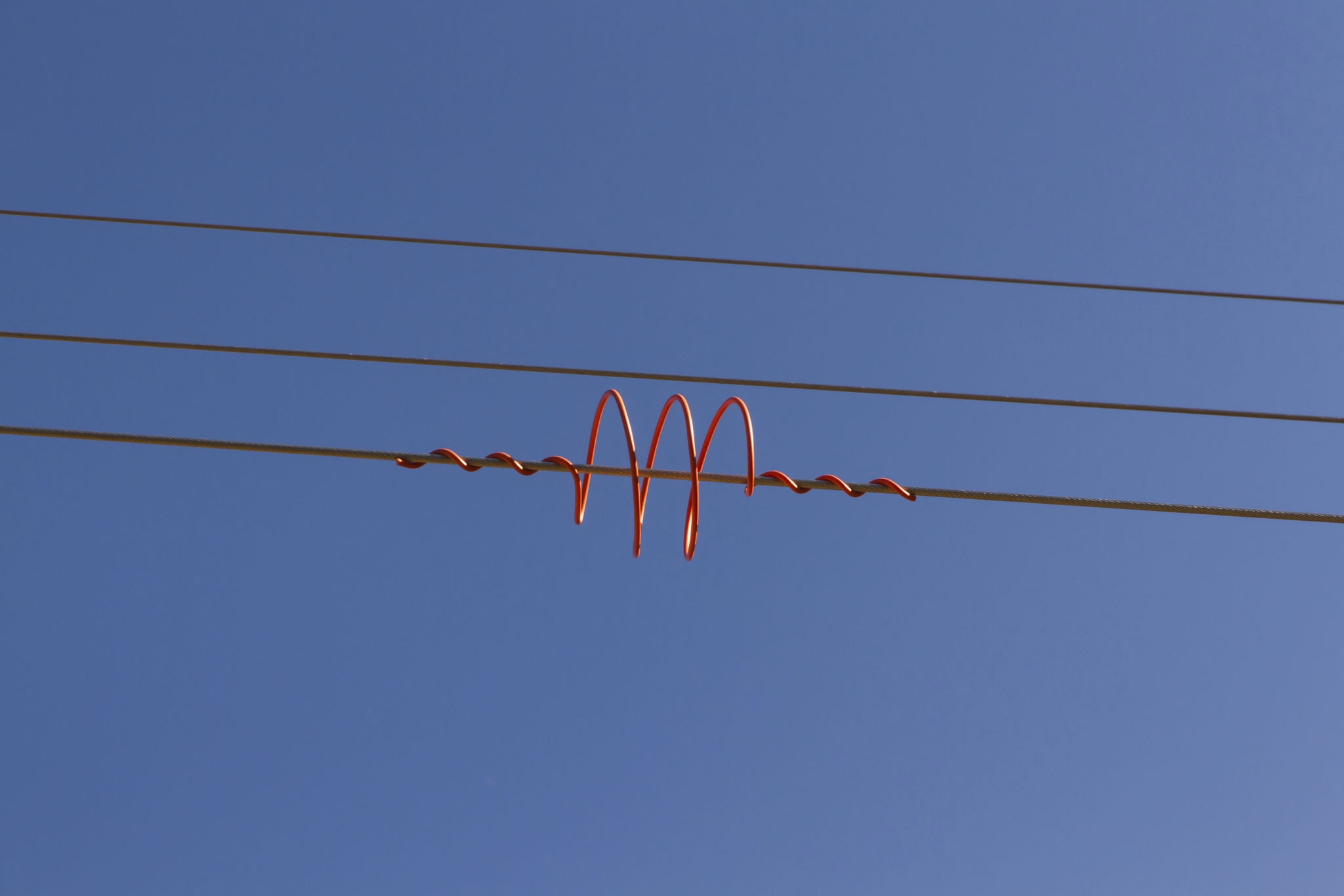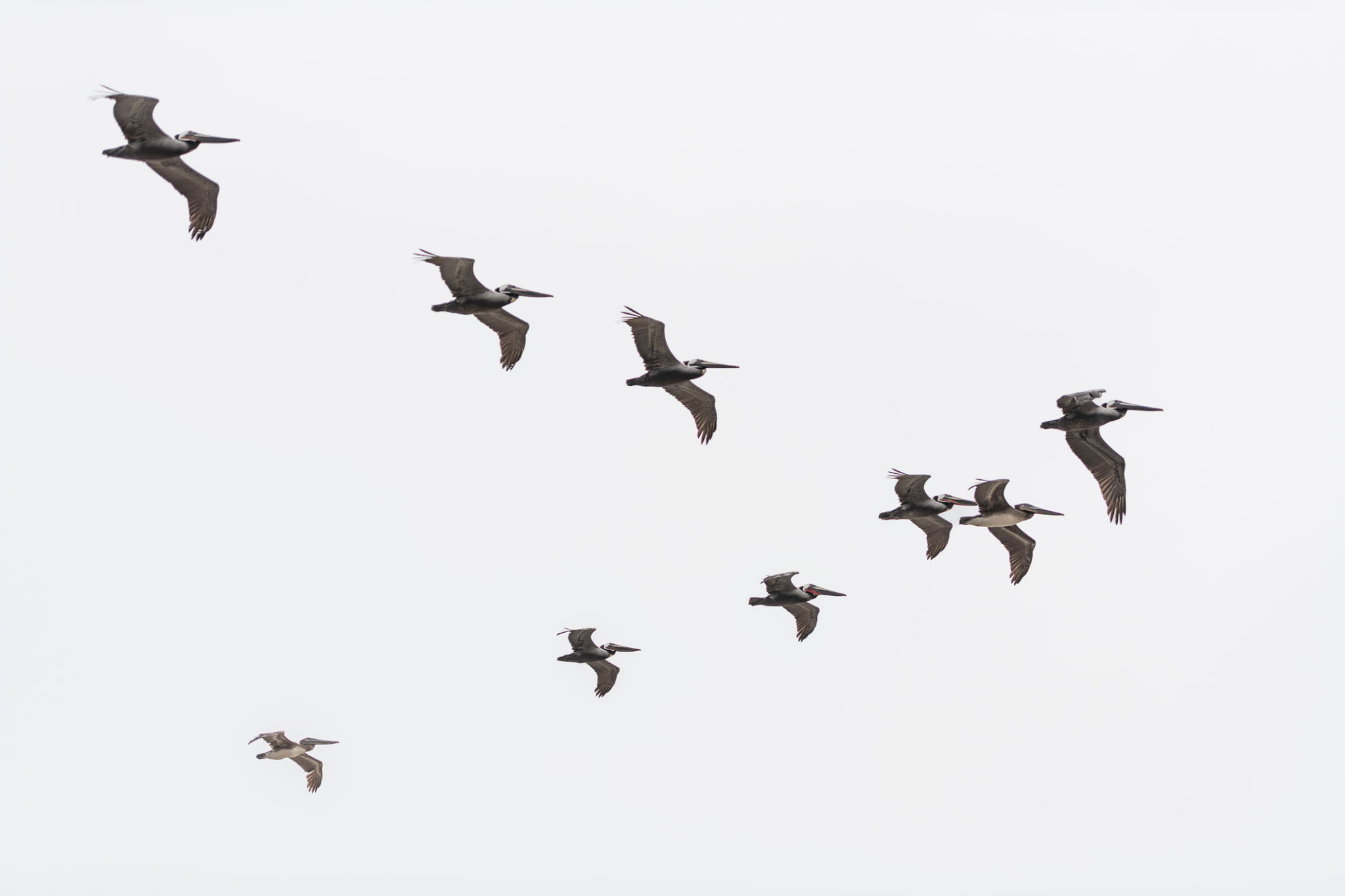Case Study: Successful Implementation of Bird Flight Diverters in the United States
Introduction to Bird Flight Diverters
Bird flight diverters are innovative tools designed to minimize bird collisions with human-made structures such as power lines. These devices have gained significant attention in recent years due to their effectiveness in conserving bird populations across the globe. In the United States, the implementation of bird flight diverters has proven to be a successful strategy in promoting biodiversity and protecting endangered species.

The Need for Bird Flight Diverters
Bird collisions with power lines and other structures have long been a concern for conservationists. Such incidents can lead to severe injuries or fatalities among bird populations, particularly affecting large migratory species. The installation of bird flight diverters serves as a preventive measure to mitigate these risks by enhancing the visibility of these structures to flying birds.
In the United States, various regions with high bird activity have become focal points for implementing these devices. Areas with significant migratory pathways and dense bird populations have witnessed a notable decrease in collision rates following the installation of bird flight diverters.
Case Study: Implementation in California
California has been at the forefront of adopting bird flight diverters, especially in areas known for their rich avian biodiversity. The project involved collaboration between utility companies, wildlife organizations, and government agencies. The implementation process was carefully planned to ensure minimal disruption to both human activities and wildlife.

Key success factors included selecting the right design for the diverters and strategic placement on power lines frequently traversed by birds. The results were overwhelmingly positive, showcasing a significant reduction in bird collisions and contributing to the conservation of rare species such as the California Condor.
Technology and Design of Diverters
Modern bird flight diverters incorporate advanced technology and design features to maximize their effectiveness. These devices often utilize reflective materials or bright colors to catch the attention of birds from afar. Some even include motion elements that enhance visibility through movement, further reducing the likelihood of collisions.
- Reflective materials enhance visibility
- Bright color options increase attraction
- Motion elements for added effectiveness
Benefits Beyond Conservation
Beyond their primary role in conservation, bird flight diverters offer additional benefits. By reducing collision rates, they help maintain the integrity of power lines and other structures, subsequently minimizing repair costs and service interruptions. This translates into economic savings for utility companies and improved service reliability for consumers.

The environmental benefits also extend to carbon footprint reduction as fewer repairs mean less resource consumption and emissions. This aligns with broader sustainability goals pursued by many organizations today.
Community Involvement and Awareness
A crucial aspect of successful implementation is community involvement. Public awareness campaigns have been instrumental in garnering support for bird flight diverter projects. Educating communities about the importance of these devices fosters a sense of responsibility and pride in contributing to wildlife conservation efforts.
Workshops and educational programs have been conducted to inform local residents about the benefits of bird flight diverters, encouraging them to participate actively in conservation initiatives.
Future Prospects and Conclusion
The success seen in the United States serves as a model for other countries looking to implement similar strategies. Continuous research and development are essential to refine these methods further, ensuring they adapt to changing environmental conditions and bird migration patterns.
In conclusion, bird flight diverters represent a significant advancement in wildlife conservation technology. Their successful implementation across the United States underscores their vital role in protecting avian species and preserving ecological balance.